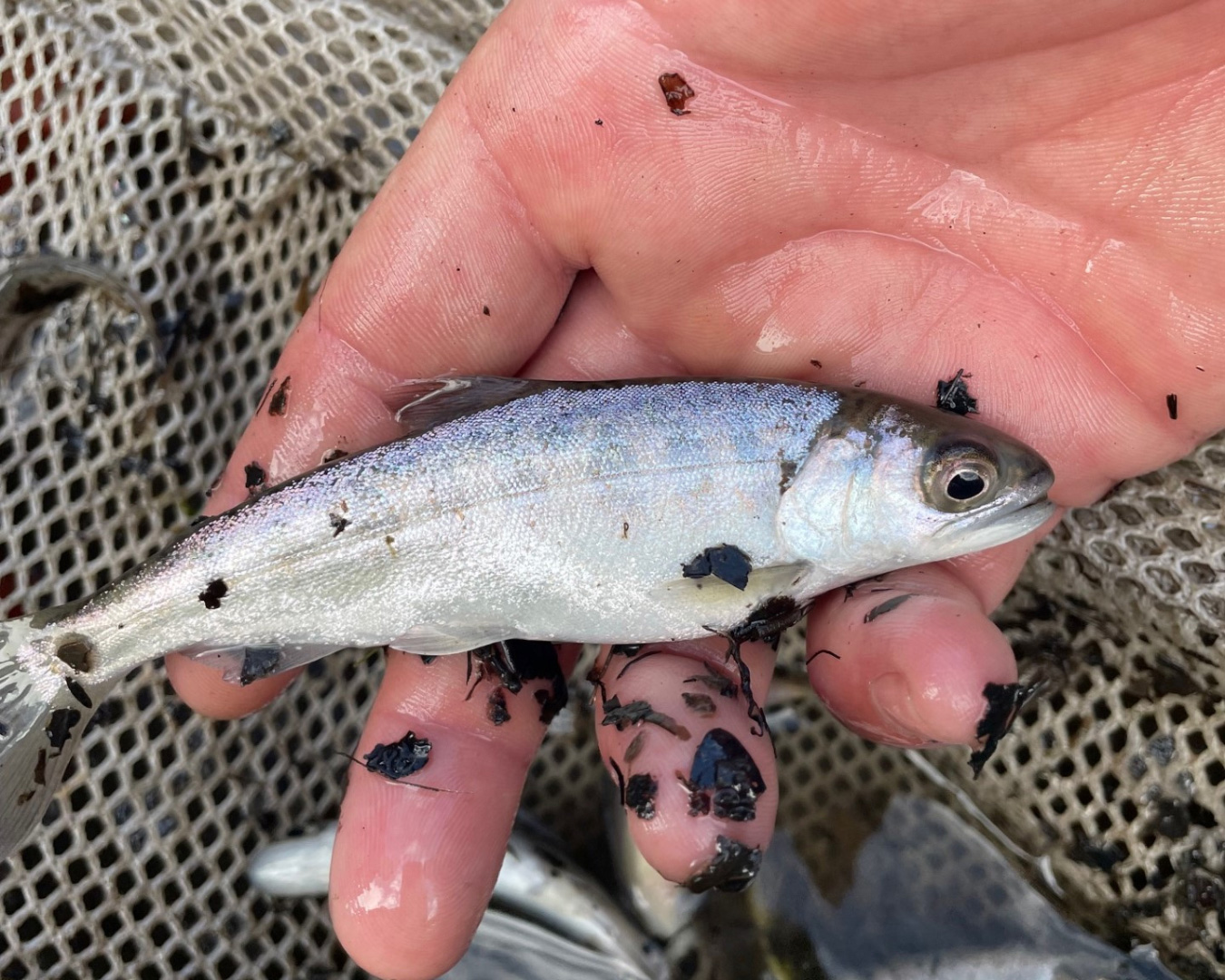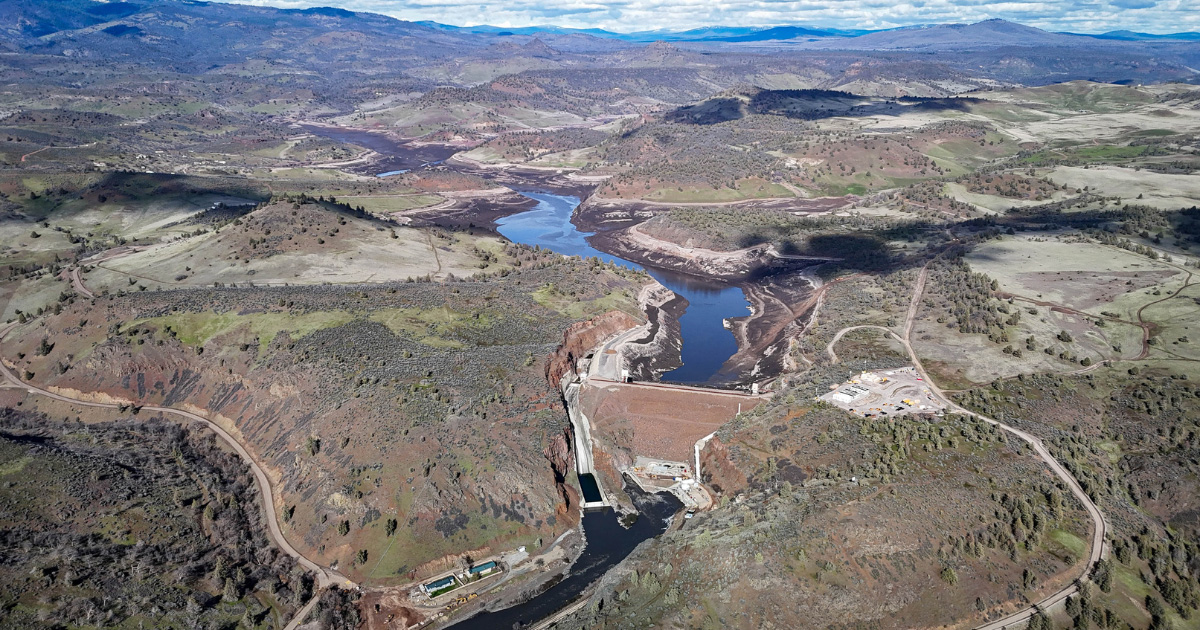Wild Klamath River Fish Unaffected by Hatchery Fish Mortality Event, Karuk Tribe Reports
P R E S S R E L E A S E
Karuk Tribe
For Immediate Release: Wednesday March 6, 2023
For more information: Craig Tucker, Natural Resources Policy Consultant, Karuk Tribe, craig@suitsandsigns.com, 916.207.8294
WILD KLAMATH SALMON HEALTHY AFTER RESERVOIR DRAWDOWN
Wild Fish unaffected by Hatchery Fish Mortality Event
Happy Camp, California – The Karuk Tribe Fisheries Department reports that fish collected in the mainstem Klamath near the Scott River are healthy and strong. “We are pleased to say that despite the sediment loads associated with draining the reservoirs, we are finding healthy wild juvenile Chinook making their way downstream to the ocean,” said Toz Soto, Fisheries Program Manager for the Tribe.
Since Iron Gate, Copco, and JC Boyle dams were breached in January, the river has carried large sediment loads that impair water quality. “We knew there would be some short-term pain in order to see the long-term gain from dam removal,” noted Soto.
Last week, California Fish and Wildlife reported that salmon released from the new Fall Creek Fish Hatchery did not survive the trip through the Iron Gate dam diversion tunnel. The fish showed morphological signs of gas bubble disease. Gas bubble disease results from environmental or physical trauma often associated with severe pressure change. The findings suggest the hatchery fish could not withstand the trip through the Iron Gate Dam bypass tunnel.
The new sampling results reported by the Tribe is encouraging and suggests that this fish mortality event was limited to the hatchery release and wild stocks downstream are unaffected.
California Fish and Wildlife still plans to meet its hatchery release goals because it raised more fish than required in case of unexpected events. “Restoration on this scale presents some uncertainties. Luckily, we didn’t put all our salmon eggs in one basket and there are millions more fish in the hatchery to release later this year. This time we know to truck them around Iron Gate Dam,” added Soto.
“The bad news is that Iron Gate is still killing salmon. The good news is that it won’t be for long,” added Karuk Chair Russell ‘Buster’ Attebery.
One dam, Copco 2, has already been removed. Three other dams, Iron Gate, Copco 1, and JC Boyle, have been breached and the reservoirs behind them drained. They will be removed over the course of the next several months.
“We are excited to watch our river recover and our salmon come home,” concluded Attebery.
# # #
EDITORS NOTES
More information regarding the Klamath River Renewal Project.
More information regarding the Karuk Tribe.

Listen to CalTrout's Fish Water People podcast to learn more about Klamath River dam removal:
Cover Photo: Klamath dam removal in action by Michael Wier





